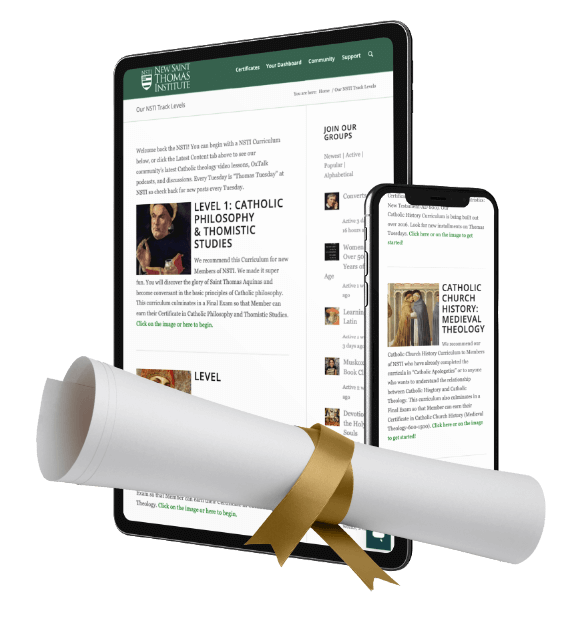St Joan of Arc’s Heresy Trial and Death: The Details

I just love this painting:
Here’s the details of the trial and death of Joan of Arc in easy bullet points:
- Joan claimed that Saint Margaret, Saint Catherine, and Saint Michael spoke to her.
- Joan’s trial for heresy was politically motivated in the midst of the Hundred Years war between England and France (think Shakespeare’s Henry V in order to get a picture of the political climate).
- England resented Joan’s support of the French crown. Joan’s reputation as a French prophetess and saint needed to be destroyed if England were to have a “divine claim” on northern France. The person and success of Joan of Arc symbolized that God was on the side of the French.
- Under ecclesiastical law, Bishop Cauchon lacked jurisdiction over the case against Joan of Arc.
- Clerical notary Nicolas Bailly, commissioned to collect testimony against Joan, could find no adverse evidence. Without evidence the court lacked grounds to initiate a trial. They opened a trial anyway.
- Contrary to canon law, Joan was denied a legal adviser.
- Joan asked for French churchean to be present at her trial. Her request was denied.
- Asked if she knew she was in God’s grace, she answered: ‘If I am not, may God put me there; and if I am, may God so keep me.'” Notary Boisguillaume later testified that at the moment the court heard this reply, “Those who were interrogating her were stupefied.”
- Several court functionaries later testified that the official transcript was altered in her disfavor. Many clerics served under compulsion, including the inquisitor, Jean LeMaitre, and a few even received death threats from the English.
- According to church law, a woman under trial should have been placed in an ecclesiastical prison under the supervision of nuns. Instead, the English kept Joan in a secular prison guarded by male soldiers. Joan complained “a great English lord had entered her prison and tried to take her by force.”
- Bishop Cauchon denied Joan’s appeals to the Council of Basel and the pope, which should have stopped his proceeding.
- The twelve articles of accusation that summarize the court’s finding contradict the already doctored court record.
- Joan, being illiterate, signed an abjuration that she could not read. The court later substituted a different abjuration for the official record.
- Joan claimed that she wore male clothing and armor so that she would not be molested or raped by males on the battle field and in camp. Joan was intent on preserving her virginity.
- She was condemned and sentenced to burning at the stake on 30 May 1431.
- She begged two priests, Father Martin Ladvenu and Father Isambart de la Pierre, to hold a crucifix before her as she burned so that she could see Jesus Christ.
- The English burned her body twice to reduce her remains thoroughly to ashes. They cast all her ashes into the Seine River in order to prevent any collection of relics. Their action reveals that there was already a strong belief among the populace that Joan was a saint.
- Her executioner, Geoffroy Therage, later stated that he “greatly feared to be damned” on account of his part in the death of Joan of Arc.
What to Watch Next
His Holiness Pope Leo XIV has appointed San Diego auxiliary Bishop Ramón Bejarano as the new bishop...
Most of the original 13 States of the United States excluded Jews, Muslims, Pagans, and Atheists from...
More lurid writings by Cardinal Victor Manuel Fernández, Prefect for the Dicastery for the Doctrine of the...
SHOP THE TAYLOR MARSHALL STORE
Dive Deeper

GET CONFIDENT IN YOUR FAITH
Explore the fascinating world of Catholic teachings with Dr. Marshall. Together you’ll unpack the brilliant answers the Church gives to tough questions about the Faith. The best part: you go at your own pace. Start this exciting journey today.


 >
>


